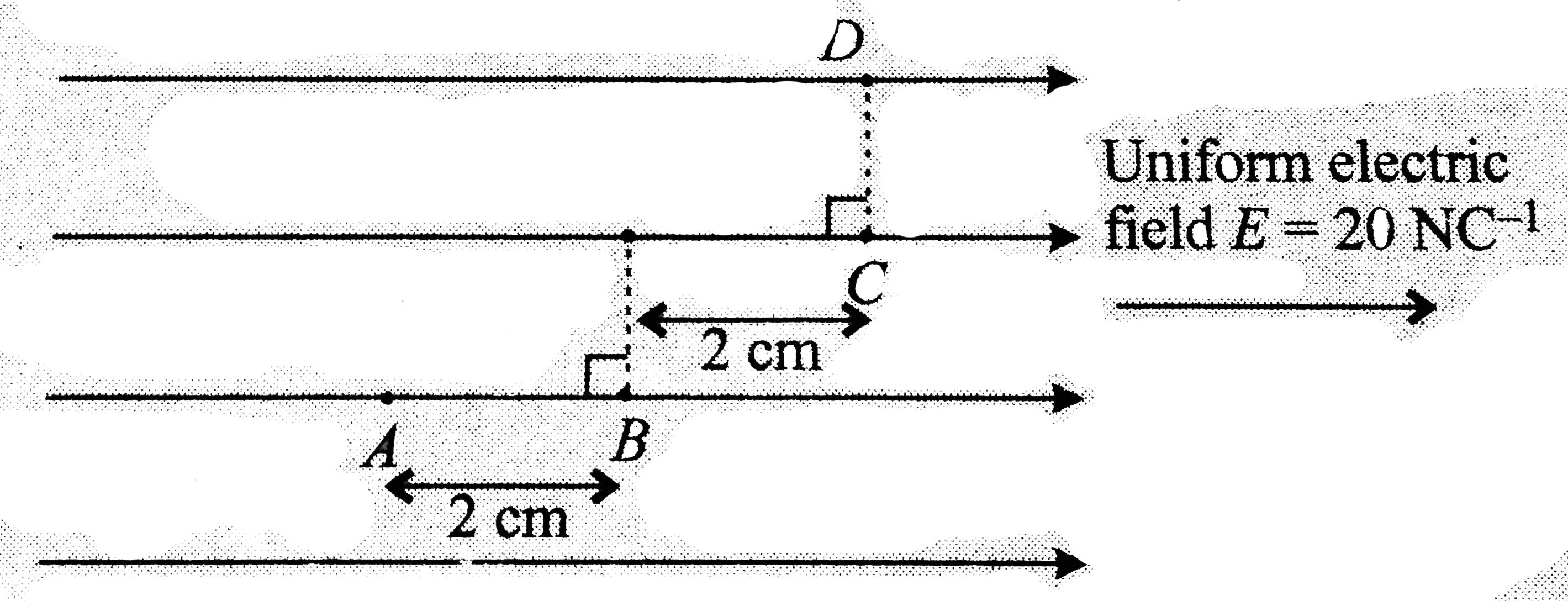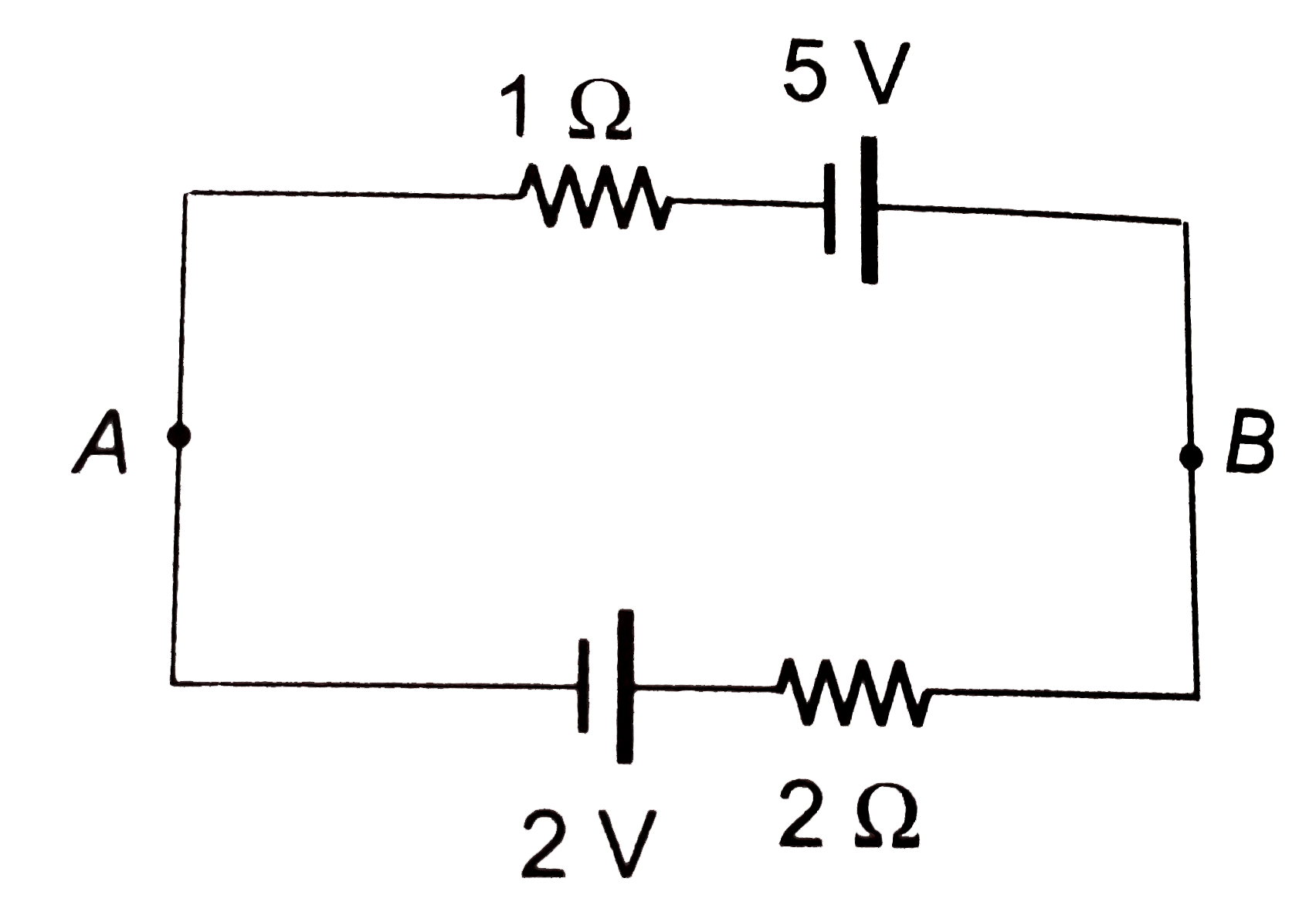Suppose a population A has 100 observations 101,102,................,200 and another population B has 100 observations 151,152,........250. If VAandVB represent the variances of the two populations respectively,then VAVB is
(a) 1
(b) 94
(c) 49
(d) 23Solution in Bengali
1
9/4
4/9
2/3
The correct Answer is:A
σ2=∑d2in (Here deviations are taken from the mean.)
Since both A and B have 100 consecutive integers, they have the same standard deviation and hence variance. Therefore,
VAVB=1 (As ∑d2i is same in both the cases.)
Topper's Solved these Questions
- STATISTICSBOOK - CENGAGE PUBLICATIONCHAPTER - STATISTICSEXERCISE - Exercises
39 Videos
- STATISTICSBOOK - CENGAGE PUBLICATIONCHAPTER - STATISTICSEXERCISE - Archives
10 Videos
- STATISTICSBOOK - CENGAGE PUBLICATIONCHAPTER - STATISTICSEXERCISE - Exercise 11.1
5 Videos
- SOLUTIONS AND PROPERTIES OF TRIANGLE BOOK - CENGAGE PUBLICATIONCHAPTER - SOLUTIONS AND PROPERTIES OF TRIANGLE EXERCISE - Comprehension Type
6 Videos
- STRAIGHT LINEBOOK - CENGAGE PUBLICATIONCHAPTER - STRAIGHT LINEEXERCISE - Multiple Correct Answers Type
8 Videos
Similar Questions
Coefficients of variation of two distributions are 50 and 60, and their arithmetic means are 30 and 25, respectively. Difference of their standard deviations is
a. 0
b. 1
c. 1.5
d. 2.5
View SolutionIf the mean deviation of the numbers 1,1+d,1+2d,...,1+100d from their mean is 255, then the d is equal to
View SolutionIn a class of 100 students there are 70 boys whose average marks in subject are 75. If the average marks of the complete class are 72, then the average marks of the girls
View SolutionLet ABC be a triangle in which the line joining the circumecentre and incentre is parallel to base BC of the triangle. Then answer the following questions :
Then range of ∠A is
View SolutionThe point P(α,α+1) will lie inside the triangle whose vertices are A(0,3),B(−2,0) and C(6,1) if
View SolutionFind out the following
a. VA−VB
b. VB−VC
c. VC−VA
d. VD−VC
e. VA−VD
f. Arrange the order of potential for points (A, B,C and D).
 .
.
View SolutionIn the figure, an ideal flows through the tube, which is of uniform cross-section. The liquid has velocities v_A and v_B and pressures p_A and p_B at points A and B respectively. (i) v_A = v_B (ii) v_B gt v_A ltbr gt (iii) p_A = p_B (iv) p_B gt p_A . .
View SolutionVA−VB=?
 .
.
View SolutionV_A - V_B = ? .
View SolutionVA−VB will be
 .
.
View SolutionThe value of |[a,a+d,a+2d] , [a+d,a+2d,a+3d] , [a+2d,a+3d,a+4d]|+|[b
View SolutionC4H9Br can represent
View Solutionदो आवेश +q तथा-q चित्रानुसार व्यवस्थित हैं। A तथा B बिन्दुओं पर विभव क्रमशः VA तथा VB हैं, तब VA−VB ज्ञात करो।

View SolutionFor the circuit shown in the figure. The equivalent resistance between point A and B for the two cases (i) VA>VB,(ii)VB>VA respectively is……….Ωand……….Ω respectively. (D1andD2 are ideal diodes)
View Solution1) Fragmentation () a) Planaria br 2) Unripe fruits () b) Yeast br 3) Desire () c) Spirogyra br 4) Reproduction () d) Watermelon br
View SolutionSuppose a population A has 100 observations 101,102,….,200, and another population B has 100 observations 151,152,…..,250. If VAandVB represent the variances of the populations respectively , then VAVB is
View Solution
